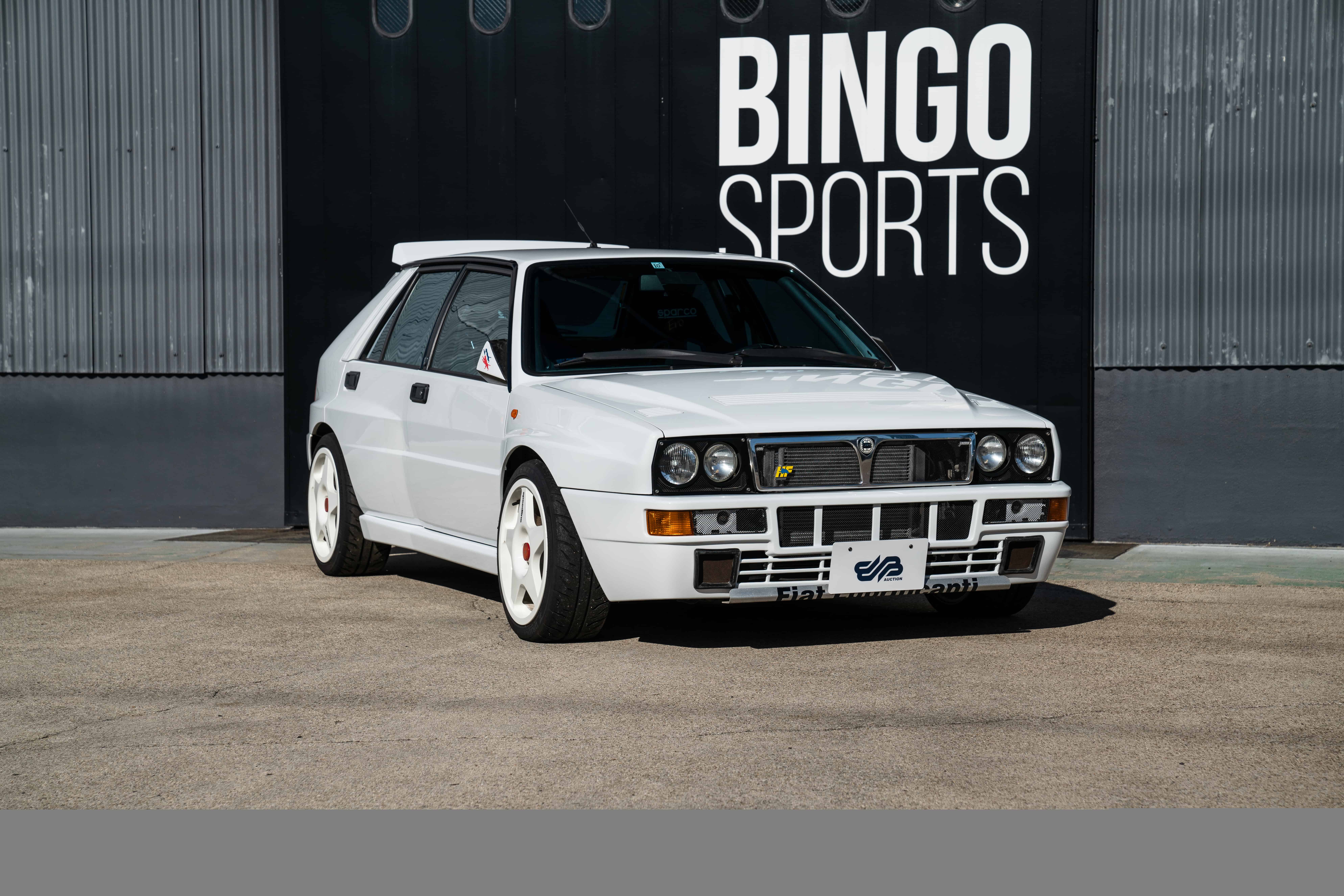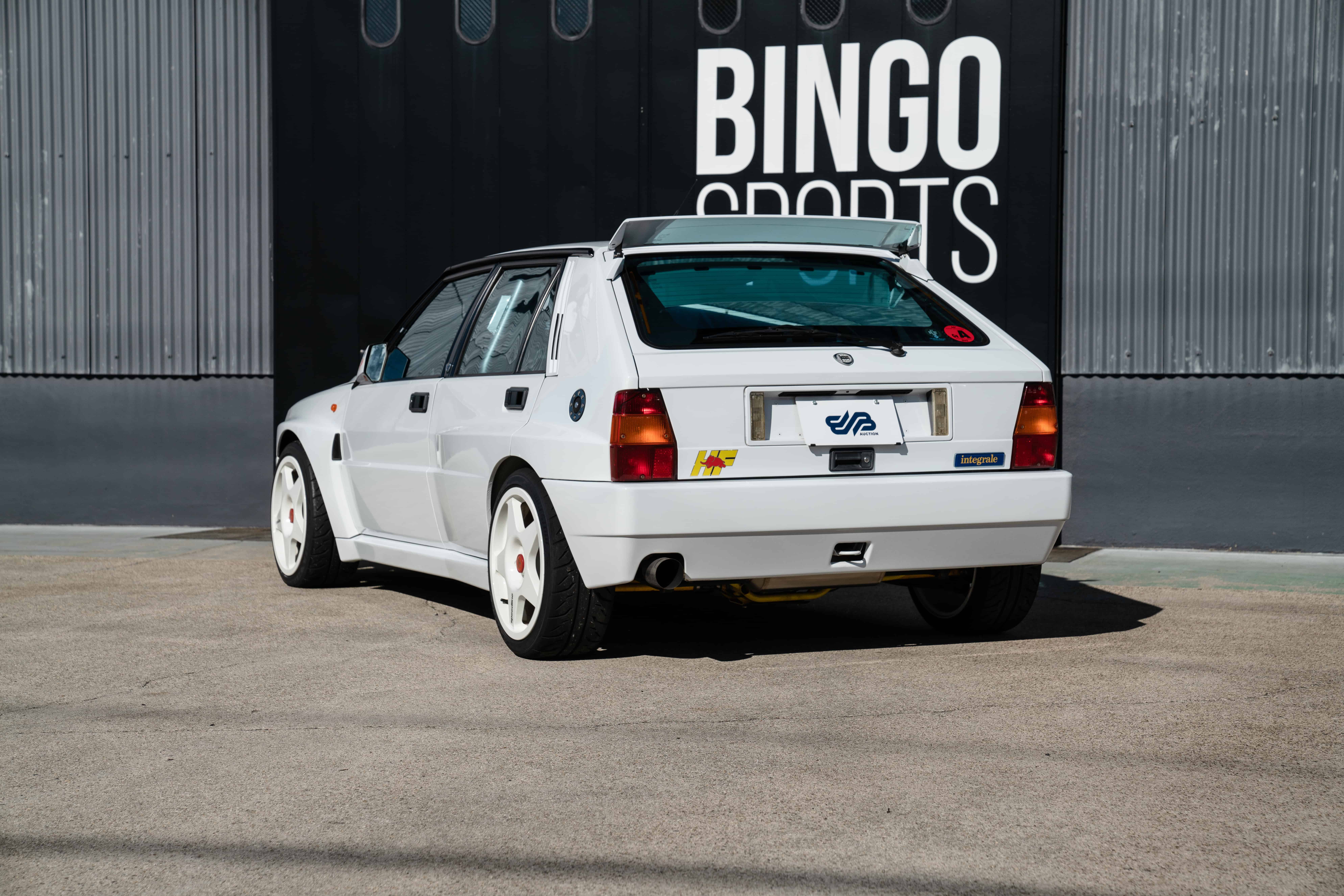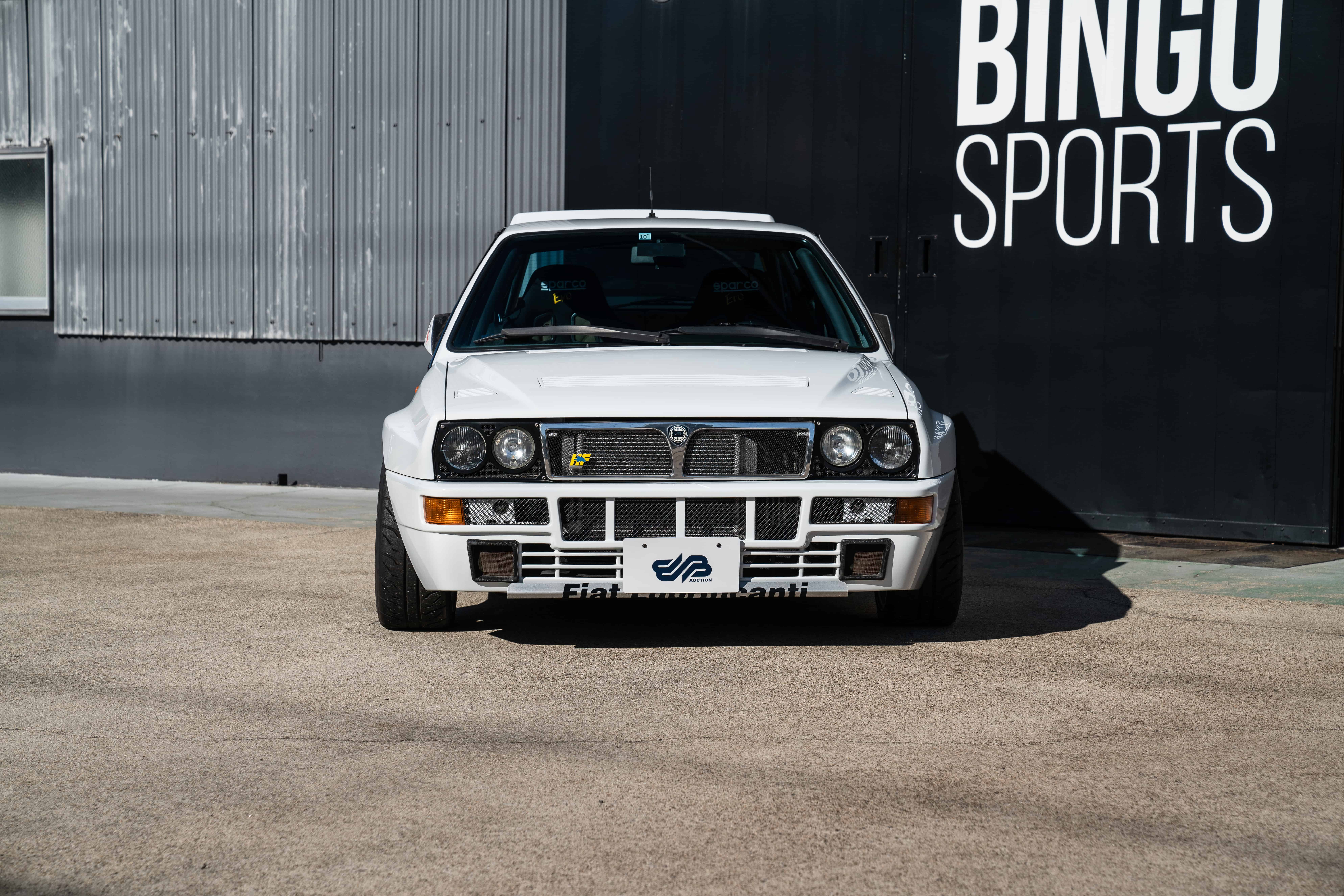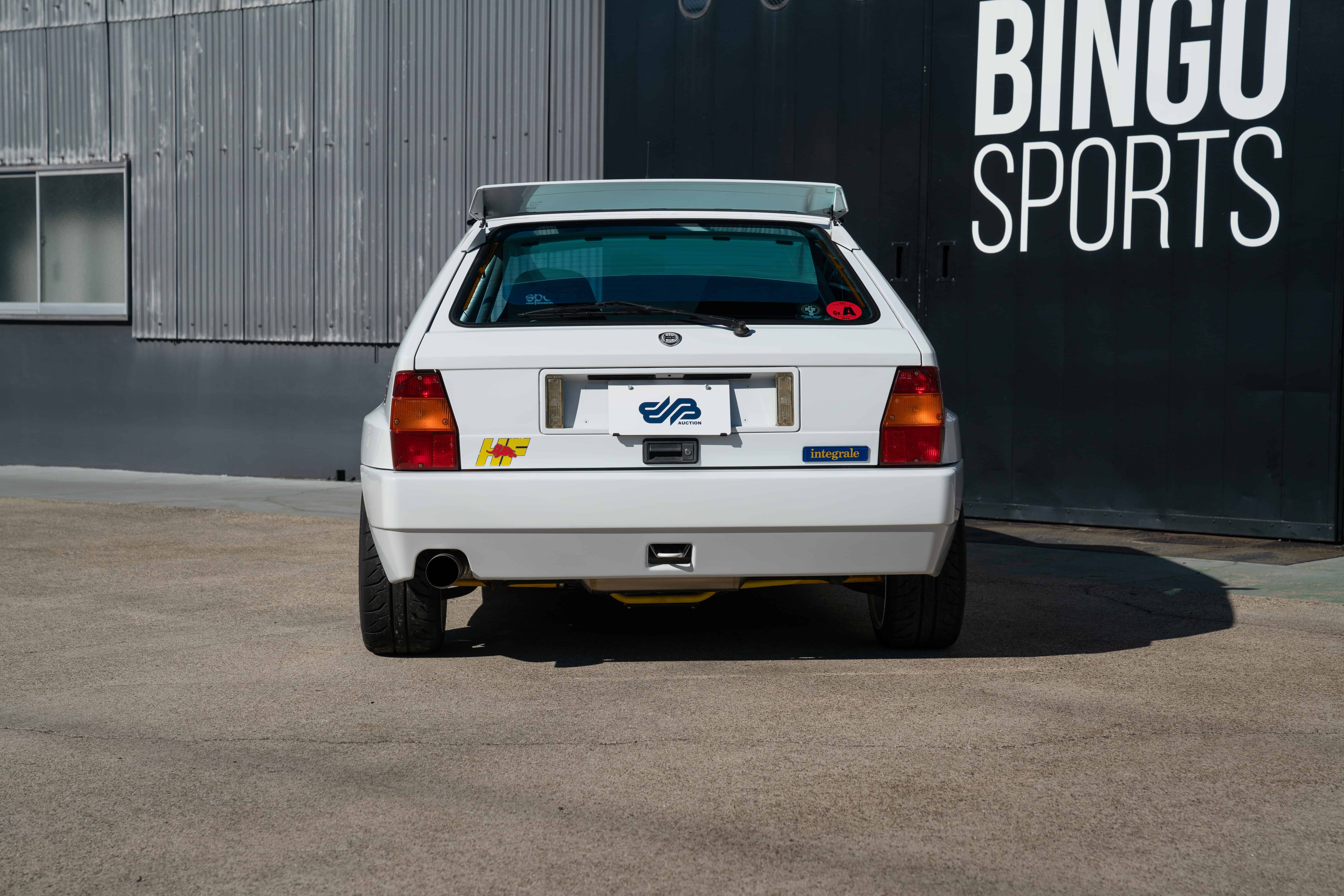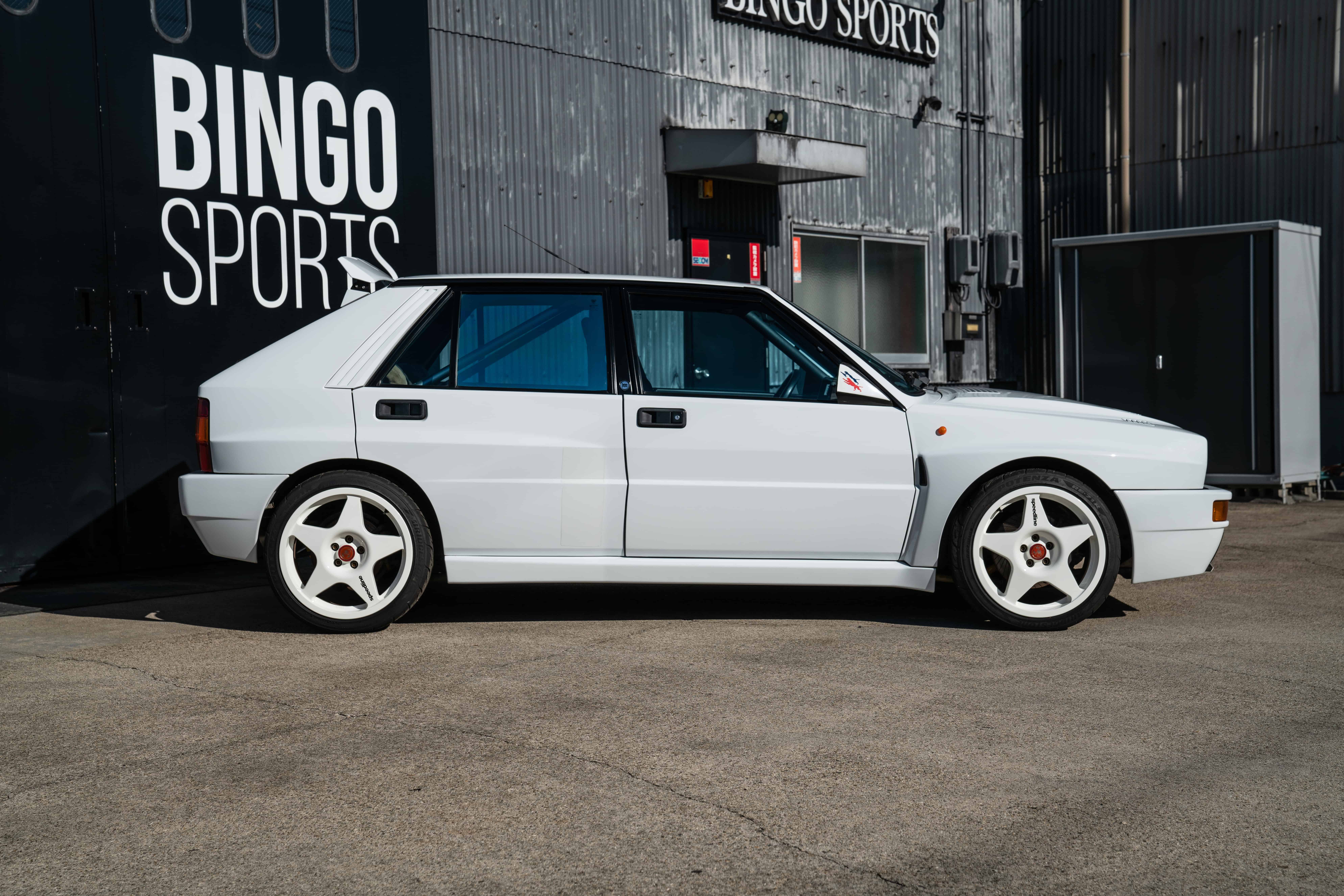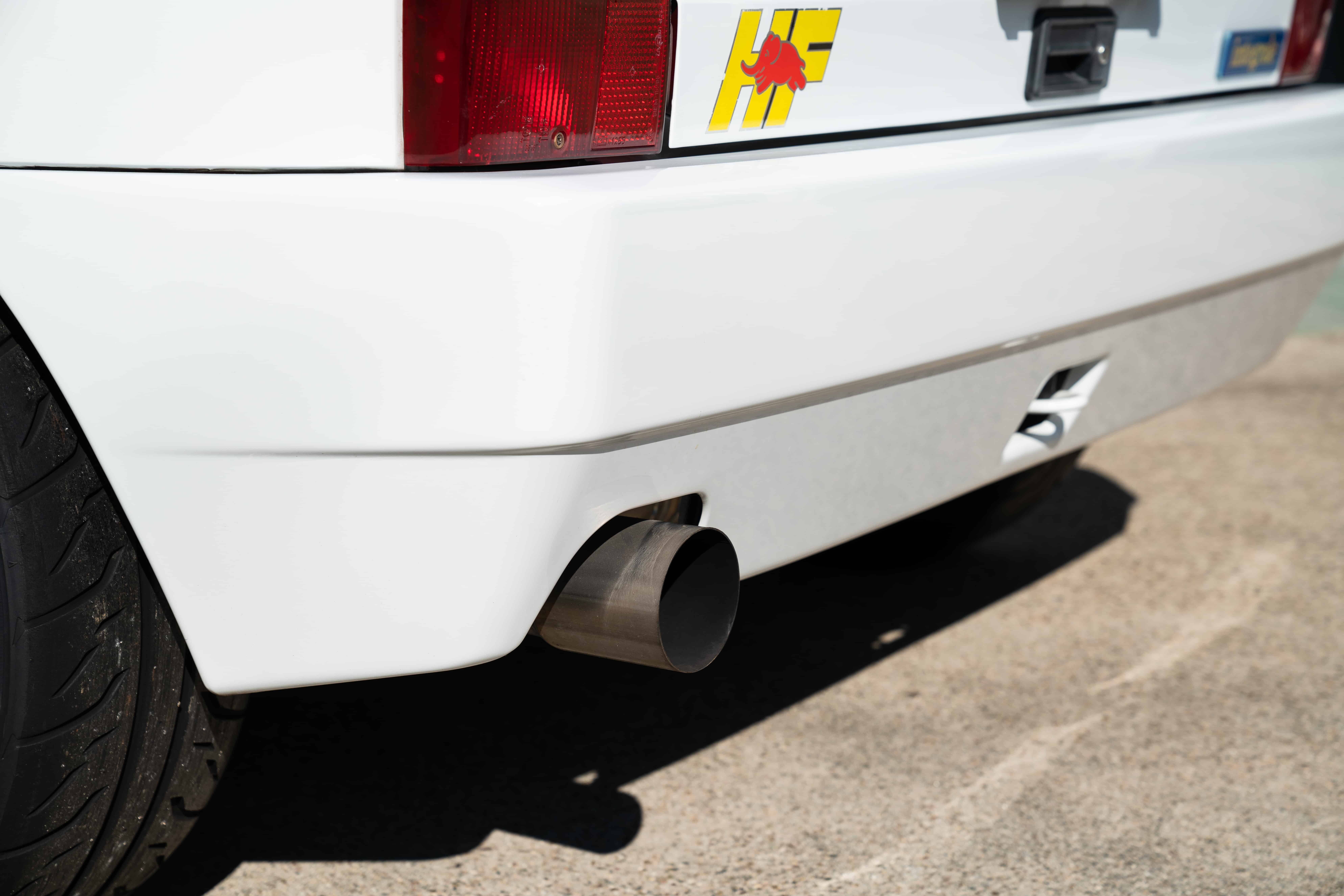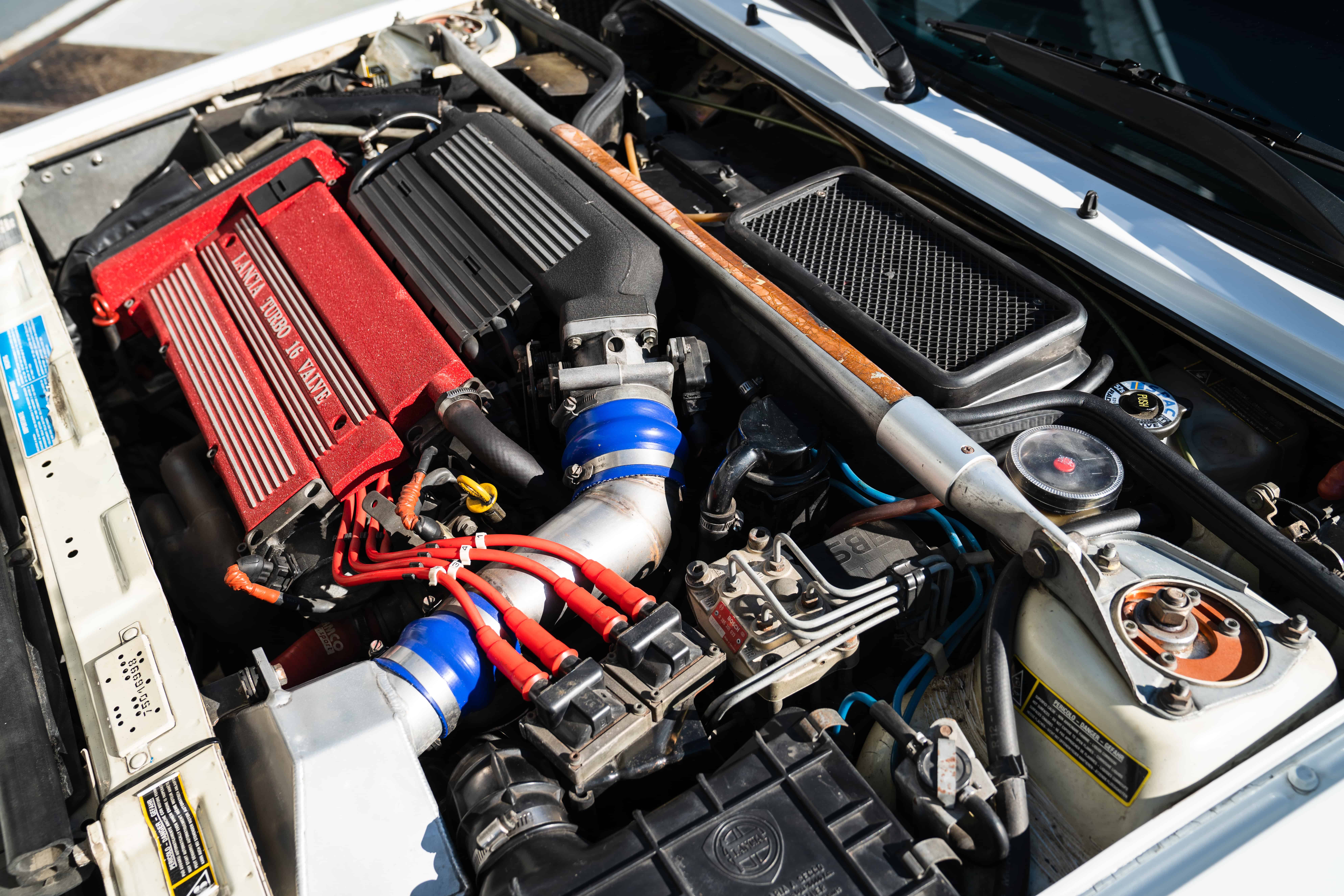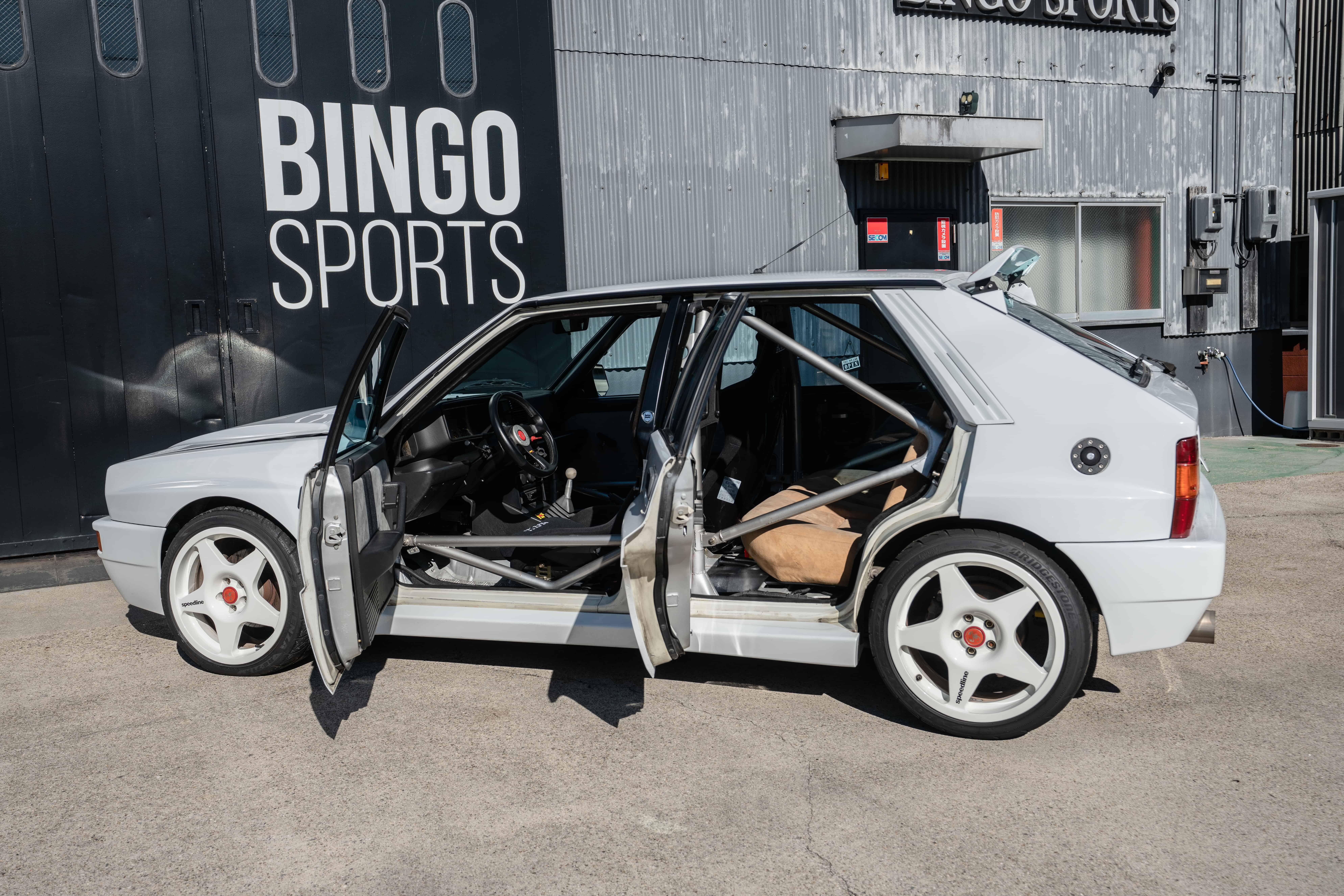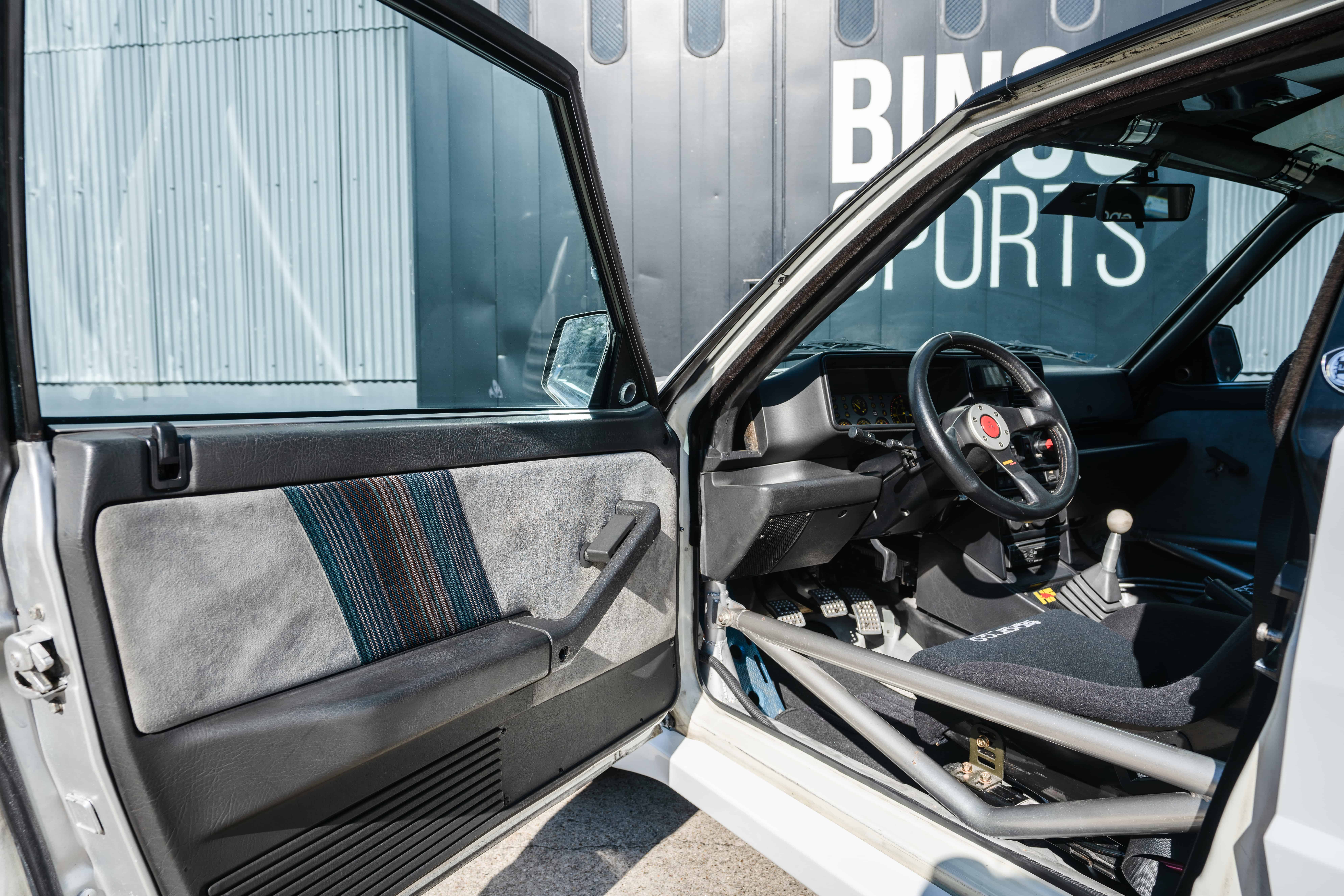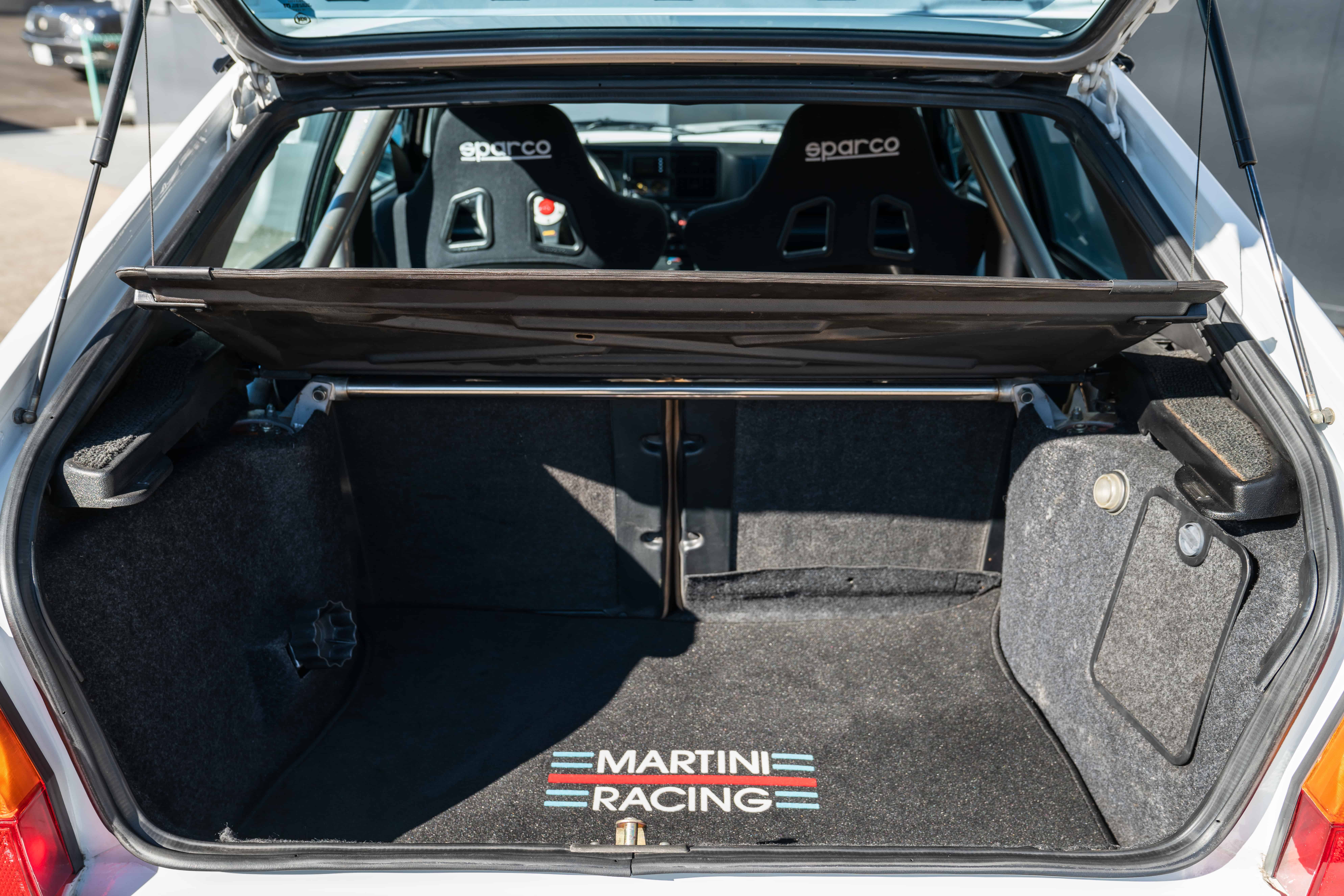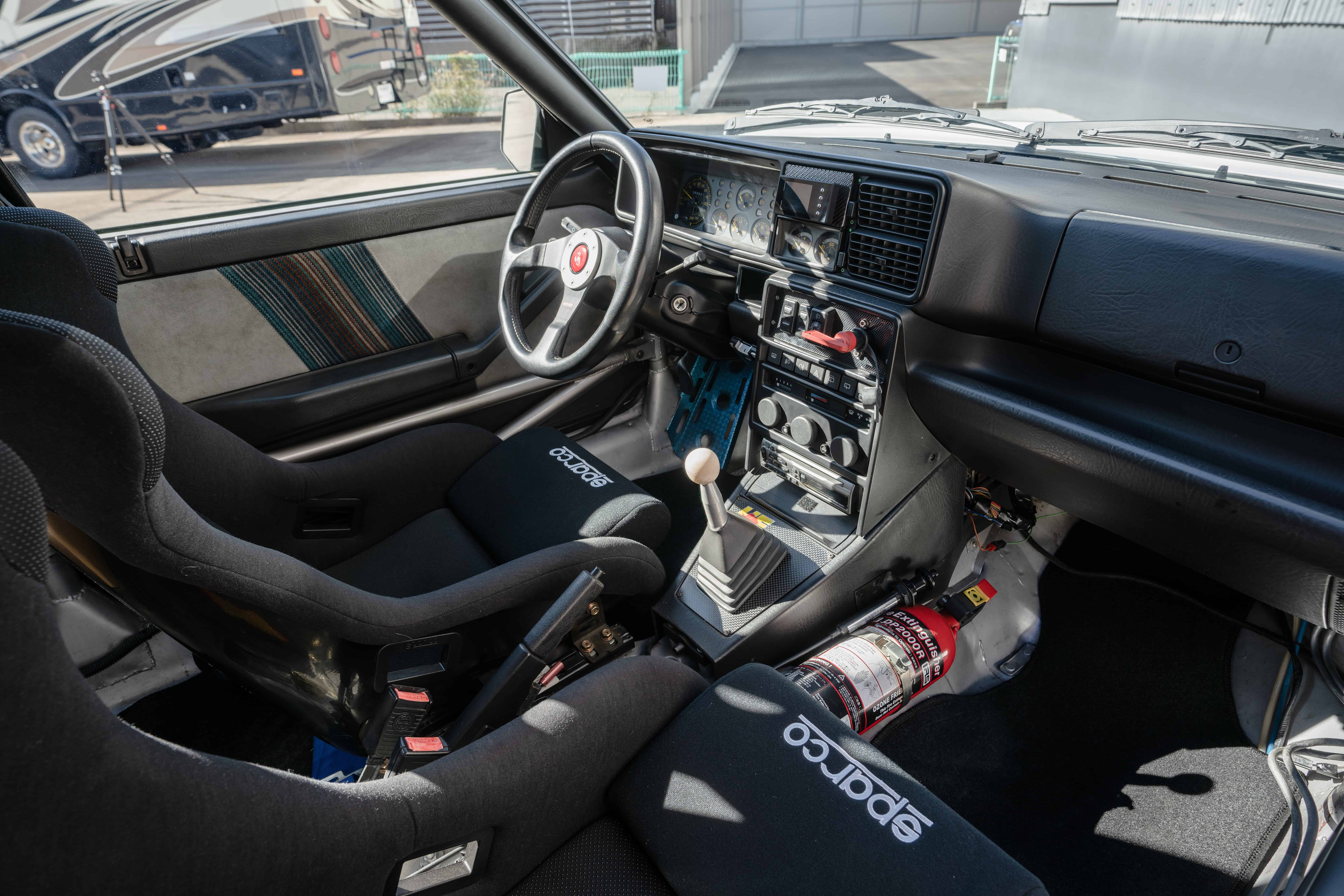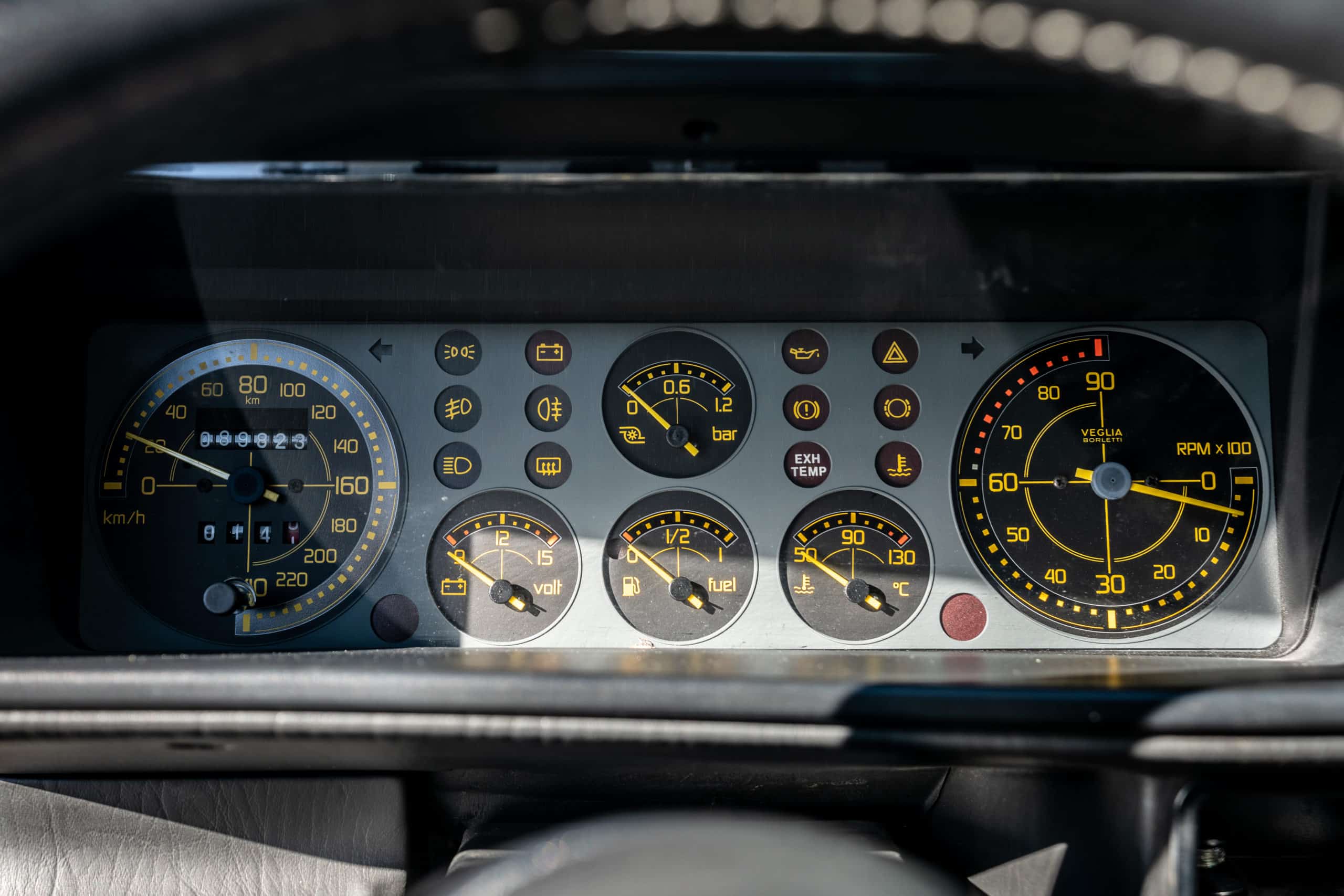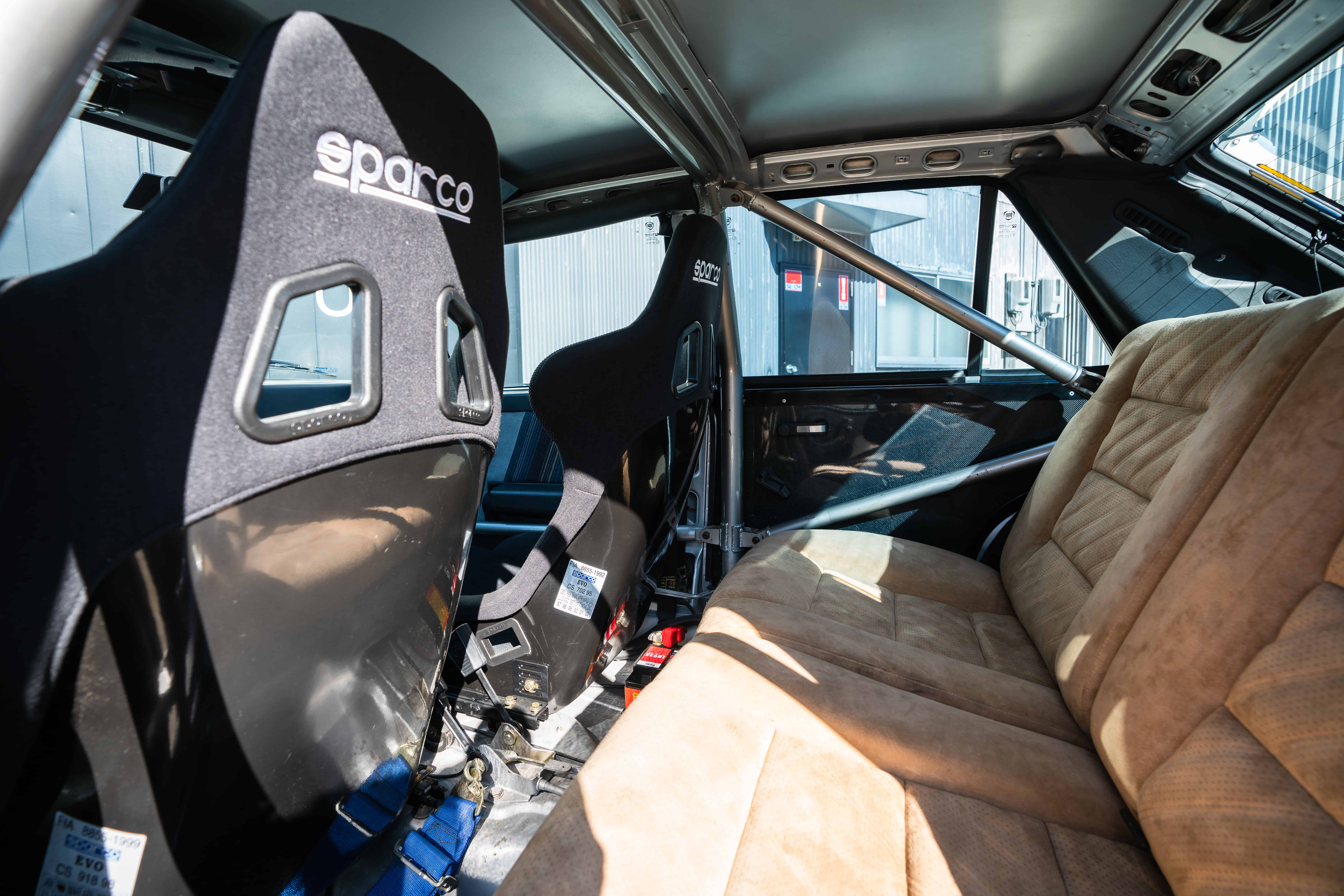The Lancia Delta HF Integrale Evoluzione was the result of Lancia’s success in rally racing, after clinching the World Rally Championship titles for four consecutive years with Juha Kankkunen (1987 and 1991) and Miki Biason (1988 and 1989).
Introduced in 1991, the first Evoluzione featured an extensive list of refinements compared to its predecessors. It was also the last Group A car homologated by Lancia’s works team before withdrawing from the World Rally Championship in the 1992 season, with a total of 46 rally victories and six consecutive constructors titles, a record that still stands to this day.
A major area that was improved was its design, which sports a more aggressive and wider body with wider tracks and rounder extended wheel arches. Other modifications include the addition of larger air intakes and revamped bonnet design, which improved Delta’s cooling system on the engine bay, as well its ventilation. The Evoluzione has a revamped suspension setup, with different attachment points in the front and longer travel.
The Evoluzione II was the ultimate and final iteration of the Delta lineup, which sports the more aggressive look of the first Evoluzione through the same steel body monocoque. It was introduced in June 1993 after Lancia concluded its participation in the World Rally Championship on a high note, by clinching the 1992 Constructors Championship.
One of the main tweaks with the Evoluzione II is the wider wheel arches to fit the large alloy wheels – 16 inch compared to 15 inch of the Evoluzione. In the engine bay, the Evoluzione II sports a red cylinder head to further differentiate from the Evoluzione. Also, a three-way catalytic converter onto the 2.0-litre 16-valve engine was added, fitted with a new Magneti-Marelli IAW ECU with double the memory and runs more efficiently at 8MHz. These additions boosted its output to a robust 215 horsepower at 5750 rpm and 232 lb-ft at 2500 rpm, allowing it to go from 0-60 mph in just over 5 seconds. A smaller turbocharger was also added to provide less turbo lag, but with less engine response at high revs. While these modifications made the Evoluzione II less powerful than the Evoluzione, the everyday driving experience was enhanced.
The optional features from the Evoluzione have become a standard for the Evoluzione II, such as ABS, fog lamps, Recaro seats and even air-conditioning. is the only feature that can be added as an option for the Evoluzione II. Lancia continued to produce several limited-edition versions of the Integrale Evoluzione II, most such as the Martini 5&6, Club Italia, Dealers Collection, and Japan-exclusive Edizione Finale, before finally concluding its 15-year production run in November 1994.
This example has a White (Bianco) exterior finish with a matching 8×17 in Speedline Champion cast wheels, and just under 90,000km on the odometer. The interior features a pair of Sparco Evo bucket seats and a 3-spoke Momo Corse steering wheel on the front, while still retaining the tanned Alcantara rear seats. In addition, a roll cage and a fire extinguisher was added. The extensive list of modifications creates an impression that this Evoluzione II is ready to be driven for rallying.
Year/Make/Model: Delta HF Integrale Evo II
Exterior Color: White


